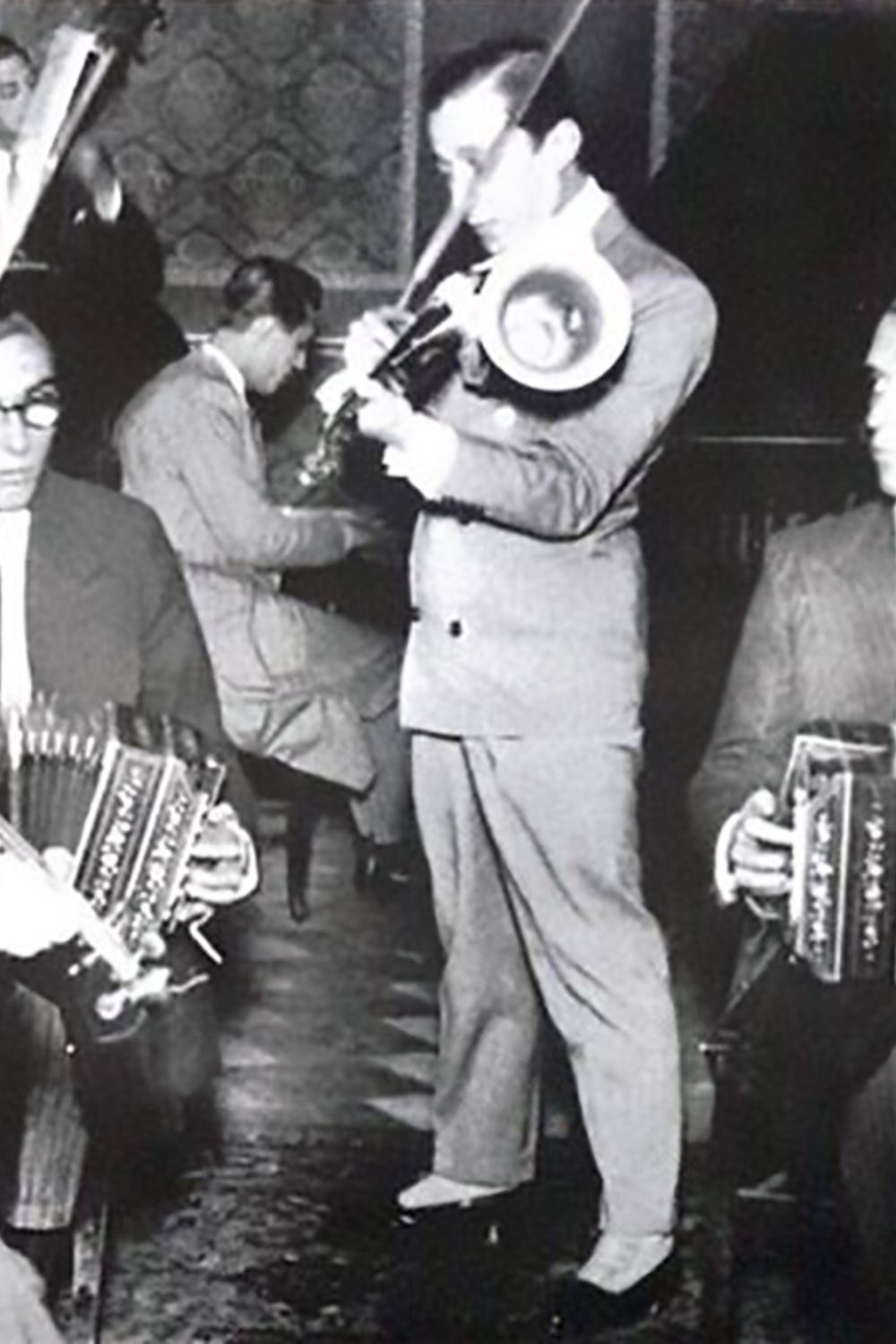“Boedo” by Julio De Caro y su Sexteto Típico, 1949.

Julio De Caro
After starting in the second decade of the 20th century, close to the great creators of the period —Eduardo Arolas, Roberto Firpo, and others—, who had changed the early tango and after being influenced by the leading pioneers of melody construction of the genre —such as Juan Carlos Cobián and Enrique Delfino—, the violinist Julio De Caro established with his sextet, as from 1924, a new and far-reaching style.
This would gravitate, as no other had, in the Tango history to come by widening its spiritual horizon.
So much so that the De Caro school, in the instrumental level, and the Gardel school, in the vocal level, at the same time but separately were considered since then the supreme guide to tango interpretation in their corresponding areas.
Between 1949 and 1953 he recorded 38 tunes for Odeon.
That series represents an extremely important musical legacy because he recorded again works he had recorded before under poorer technical conditions and he also included some new ones.
December 11th was declared The Day of Tango because on that day, though in different years, Carlos Gardel and Julio De Caro were born.
Listen and buy:
More Argentine Tango music selected for you:
Latest Spotify playlist:




